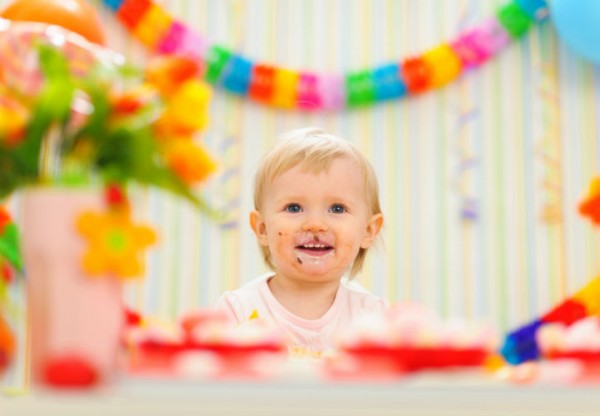Your Adoption Plan Timeline: What Happens When?
If you’re thinking about placing your baby for adoption, you might feel like you’re stepping into unfamiliar territory. What happens first? Who will help you? When do you have to make decisions?
The truth is, adoption is a process, not a single moment. You don’t have to rush or have it all figured out at once. Understanding what to expect—step by step—can help you feel more confident, calm, and in control of your journey.
This guide is here to walk with you, answer your questions, and help you make each decision with care, support, and clarity.
Step 1: Exploring the Idea of Adoption
When: Anytime during your pregnancy—or even after birth
Who Helps: You can start on your own or reach out to an adoption counselor or caseworker
What Happens:
-
You begin thinking about whether adoption might be the right option.
-
You might read articles, watch videos, or talk to others who’ve walked this path.
-
You can reach out to trusted organizations like the Gladney Center for Adoption or Adoption.com for free, confidential support—with no pressure.
Your Choices:
-
Learn about the types of adoption (open, semi-open, closed)
-
Ask as many questions as you want
-
Take your time—this is your decision, and you’re in control
Step 2: Connecting with a Licensed Adoption Agency or Counselor
When: As soon as you’re ready to learn more or want someone to walk with you
Who Helps: An adoption caseworker or licensed counselor
What Happens:
-
You’ll have a conversation (by phone, video, or in-person) to talk about your options.
-
Your caseworker will explain your rights, what support is available, and how the process works.
-
You may be offered help with housing, prenatal care, transportation, or counseling, all at no cost to you.
Your Choices:
-
Decide if you want to continue with the process or pause
-
Choose whether or not to involve the baby’s father or your family in this stage
Step 3: Choosing a Family (If You Decide to Move Forward)
When: Anytime during pregnancy—some people choose early, others closer to delivery
Who Helps: You, with the support of your caseworker
What Happens:
-
You’ll get access to Parent Profiles from families who are home study approved.
-
You can read letters, view photos, and learn about their lifestyles, values, and dreams.
-
You can reach out to families directly or ask your caseworker to help make contact.
Your Choices:
-
Choose the family that feels right to you
-
Decide how you want to connect—phone call, video chat, meeting in person, or through your caseworker
-
Ask any questions you need to feel comfortable and confident
Step 4: Creating a Hospital and Birth Plan
When: Typically during your second or third trimester (but it’s never too late)
Who Helps: Your caseworker, medical team, and adoptive family (if you choose)
What Happens:
-
You’ll decide how you want your birth and hospital experience to go.
-
Your caseworker will help you create a plan that respects your emotions and privacy.
Your Choices:
-
Who will be with you at the hospital
-
Whether you want time alone with your baby, time with the adoptive family, or both
-
Who cuts the cord, who holds the baby first
-
How much communication you want before and after delivery
-
Whether you want keepsakes like photos, a name bracelet, or a letter for your baby
Important: Nothing in this plan is legally binding. You are still in full control of your decision.
Step 5: Making a Legal Adoption Plan
When: After birth—never before
Who Helps: A licensed attorney or adoption caseworker
What Happens:
-
Your caseworker will walk you through your legal rights, and you’ll have time to review everything carefully.
-
You may meet with a lawyer or court representative (depending on state laws).
-
You will sign legal documents only after your baby is born and only when you’re emotionally ready.
Your Choices:
-
Decide how much contact you want with the adoptive family in the future (open, semi-open, closed)
-
Decide whether you want updates, photos, or visits
-
Choose a name for your baby, if that’s meaningful to you
Note: You can still change your mind up until the point of signing the legal documents. Your caseworker should always make this clear to you.
Step 6: After Placement Support and Healing
When: Immediately after placement and for as long as you need
Who Helps: Therapists, peer support groups, caseworkers, and post-placement counselors
What Happens:
-
You may experience a mix of emotions—relief, grief, hope, confusion, pride, sadness. All of it is valid.
-
You can receive free counseling and emotional support.
-
You’ll work with your counselor to process your story and find healing at your pace.
Your Choices:
-
Continue your relationship with the adoptive family (if desired)
-
Ask for updates or photos based on your openness agreement
-
Write a letter, journal, attend a support group, or meet other birth moms
-
Reconnect with future goals—whether that’s school, work, travel, or parenting
Sample Timeline Overview
-
This is your plan. You don’t have to follow anyone else’s timeline. You can move forward, take a break, or change your mind.
-
You are never “giving up.” You are making thoughtful, loving choices—step by step—with strength and care.
-
You are not alone. You deserve kindness, safety, and support throughout this process and beyond.
Take the First Step
If you’re ready to explore what adoption might look like for you:
-
Visit Adoption.com Parent Profiles to view hopeful adoptive families
-
Contact the Gladney Center for Adoption at Gladney.org for confidential support
-
Ask about free counseling and post-placement services
You are strong. You are not alone. And whatever you decide, you deserve to feel confident, respected, and supported.




